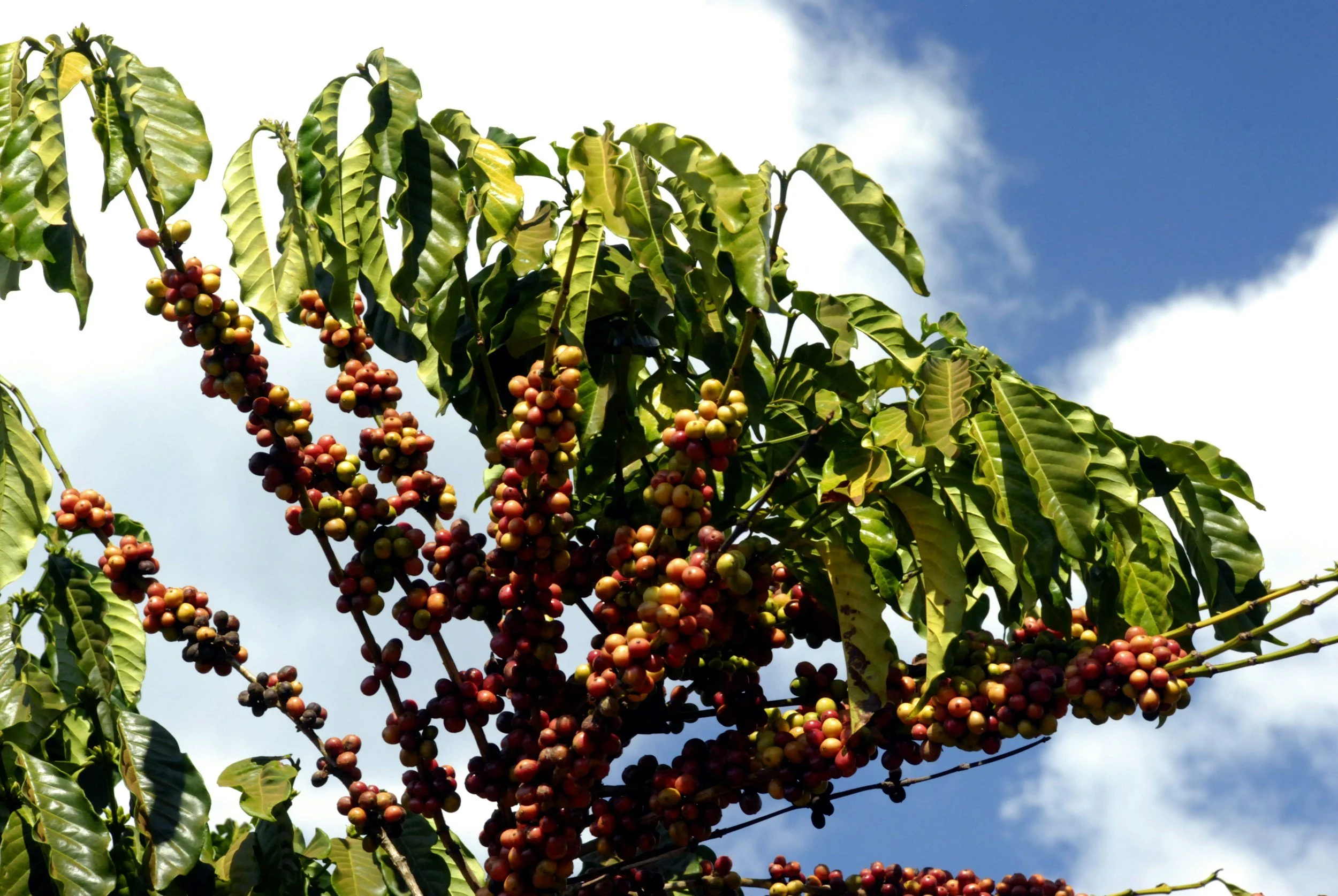Typica Varietal: The Root of Arabica
The Journey of Typica Varietal
Typica traces its origins to southwestern Ethiopia. Traders moved it to Yemen, and Dutch traders carried it from India’s Malabar coast to Java around 1696–1699.
A single plant traveled from Java to Amsterdam in 1706, then to France in 1714. Trade routes eventually brought Typica to Dutch Guiana (Suriname) around 1719 and French Guiana (Cayenne) in 1722. By 1727, it reached northern Brazil.
By the late 1700s, Typica appeared in the Caribbean, including Martinique and Jamaica, as well as Mexico, Colombia, and Central America.
By the 1940s, it dominated coffee farms across Central America, cementing its influence on global Arabica coffee cultivation.
Traits of Typica Varietal
Typica trees grow tall and slim, usually showing bronze-colored young leaves and elongated cherries. They require plenty of space and grow best at higher altitudes.
Typica trees grow tall and slim, often showing bronze-colored young leaves and elongated cherries
The cup profile is typically clean and sweet, with tasting notes that include chocolate, nuts, mild dried fruits, black cherry, and plum.
Specialty roasters often describe Typica as floral, elegant, and complex, giving it a distinctive place in the world of specialty coffee.
The Drawbacks
Typica yields 20–30% less cherry than Bourbon and is more susceptible to pests and diseases, including coffee leaf rust, coffee berry disease, and nematodes.
These challenges reduce its commercial attraction, but create opportunities for specialty pricing, rewarding growers and roasters who preserve it well.
Legacy & Descendants
Typica sits at the root of many Arabica varietals. Its descendants include Jamaica Blue Mountain, Kona, Sumatra, Pluma Hidalgo, and Criollo.
Mutations and hybrids like Maragogipe, known for its large “elephant beans,” also trace back to Typica. Other crossbreeds include Mundo Novo, Catuai, and disease-resistant hybrids like S795.
This lineage shows how Typica has shaped coffee cultivation and flavor worldwide.
Jim, owner & Head Roaster at Refuge Coffee Roasters in Fairhope Alabama
Refuge Coffee Roasters
At Refuge Coffee Roasters, we honor both the craft of specialty coffee and the people behind it, bringing you the best cup possible.
Our roasting approach highlights each coffee’s unique origin and varietal, allowing its true character to shine.
Explore our full selection of specialty coffees here.
Typica Coffee Varietal FAQ
Q: What is Typica coffee?
A: Typica is one of the oldest Arabica varietals. It has a clean, sweet flavor with notes of chocolate, nuts, black cherry, and mild dried fruit.
Q: Where did Typica originate?
A: It originated in southwestern Ethiopia and spread through Yemen, Java, and Europe before reaching the Americas.
Q: What makes Typica different from Bourbon?
A: Typica yields 20–30% less cherry, is more susceptible to pests, and grows tall and slim. Its flavor is floral, mild, and elegant, while Bourbon is fruitier and sweeter.
Q: Why is Typica important for coffee history?
A: Typica sits at the root of many Arabica varietals. Its descendants include Jamaica Blue Mountain, Kona, Sumatra, and other specialty coffees.
Q: Is Typica good for specialty coffee?
A: Yes. While it has lower yields and disease risks, its complex, floral, and clean profile makes it highly valued in the specialty coffee market.


